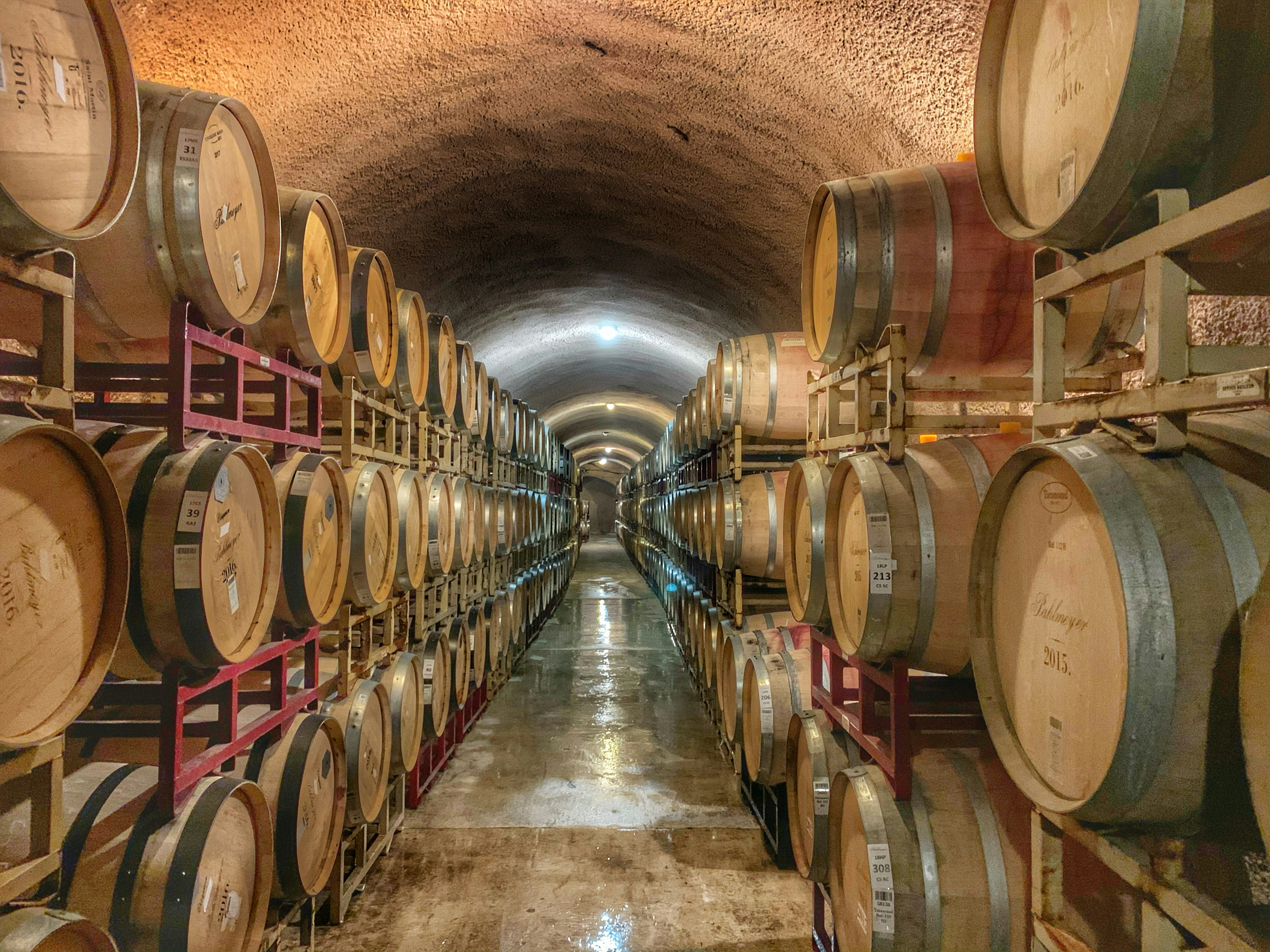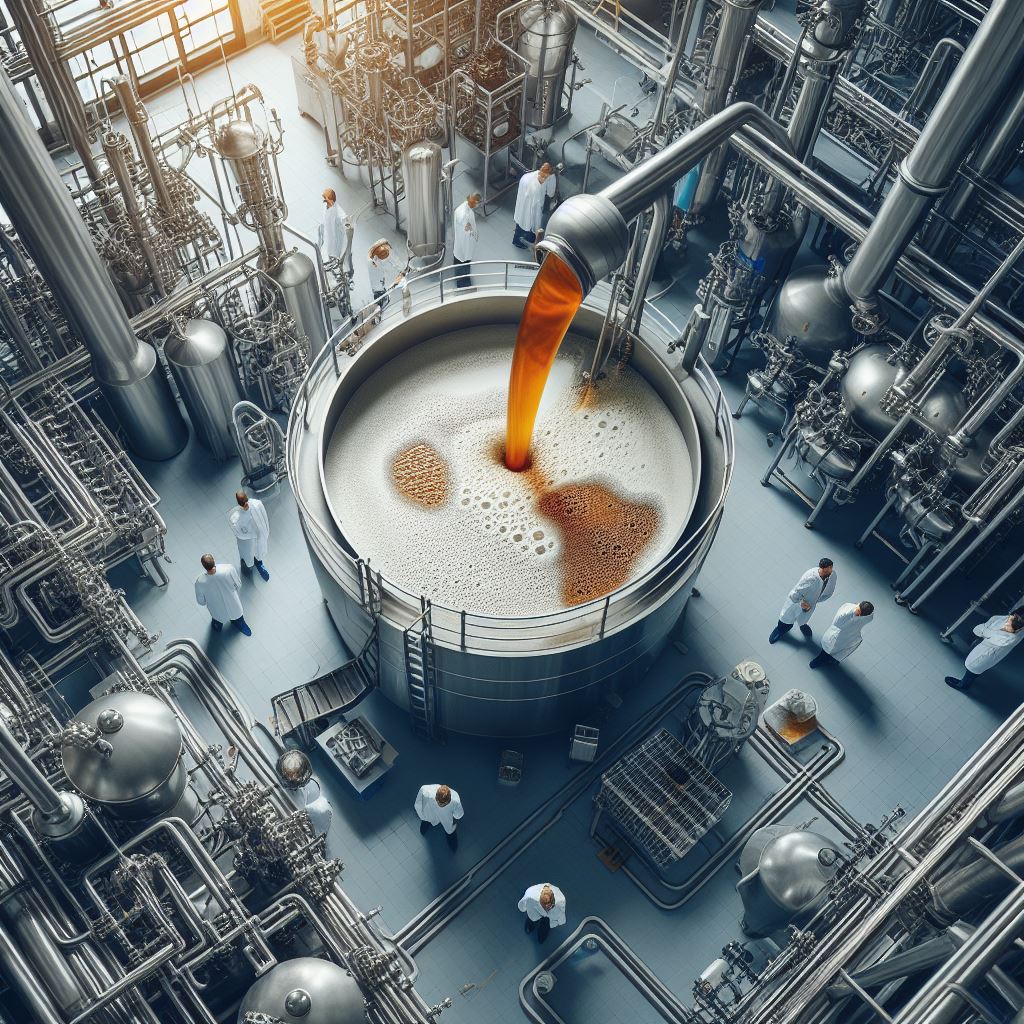Selection
At our brewery, we take pride in sourcing only the finest barley for our craft beers, ensuring a foundation of exceptional quality. Meticulously selected from renowned maltsters who prioritize sustainable and responsible farming practices, our barley undergoes a carefully monitored malting process, culminating in a rich and flavorful base for our brews. By maintaining a commitment to excellence in ingredient selection, we aim to deliver a premium beer experience that reflects the superior quality of the raw materials we use.
Malting
The process begins with malted barley, which is soaked in water and allowed to germinate. During germination, enzymes are activated that convert the starches in the barley into fermentable sugars. The germinated barley is then dried in a kiln to produce malt.



